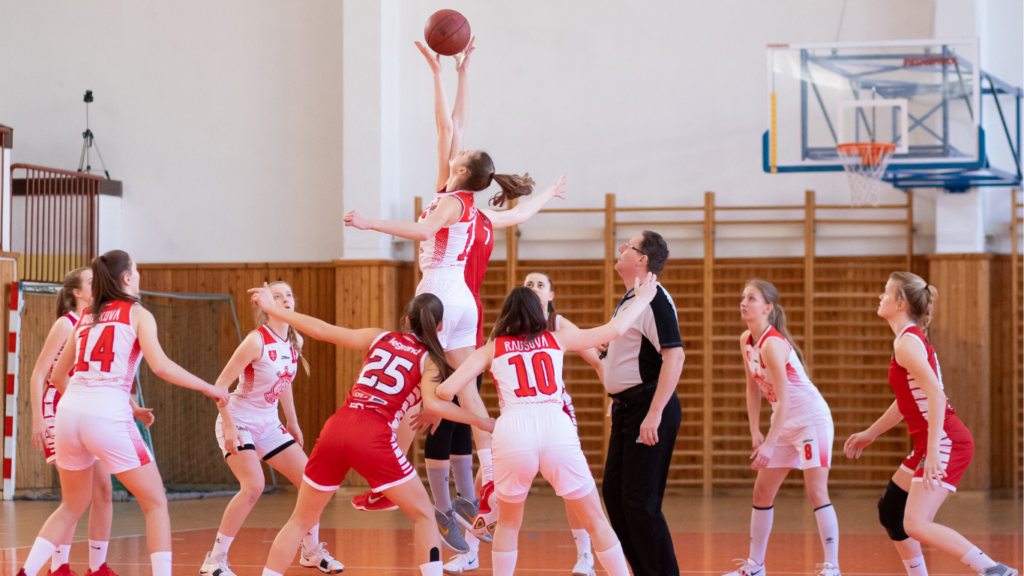Understanding Fantasy Sports
Fantasy sports transform real-life player performance into a game where strategy and knowledge define success. Numerous sports offer fantasy leagues, each with unique formats and rules.
Different Types of Fantasy Sports
Multiple fantasy sports exist, catering to diverse interests and strategies. Football, baseball, and basketball are popular options, each with distinctive draft and scoring systems. Football leagues often use weekly head-to-head matchups, while baseball leans on daily player stats. Basketball combines both, offering roto and head-to-head categories. For less conventional choices, there’s golf and hockey, which introduce unique player selection challenges and season-long strategies.
Fantasy Points System
Fantasy points systems vary greatly across sports and leagues, adding a layer of complexity. Football leagues commonly assign points for touchdowns, yardage, and turnovers. Baseball focuses on performance metrics like runs, home runs, and strikeouts. Basketball using categories like:
- points,
- rebounds
- assists
keeps the game dynamic and varied. Understanding these systems ensures that player choices align with scoring priorities, influencing both draft strategies and in-game decisions.
Research and Preparation
Building a winning fantasy sports team relies heavily on thorough research and meticulous preparation. Understanding player performance metrics and assessing team schedules offer a strategic edge.
Analyzing Player Statistics
Diving into player statistics is crucial for selecting top performers. I examine past performance data, such as average points per game and consistency over time. Using advanced metrics like player efficiency rating (PER), which accounts for a player’s overall impact per minute, reveals deeper insights. Analyzing injury history helps gauge future availability. Fantasy leagues provide statistical categories relevant to scoring, meaning I tailor my analysis to align with these categories to maximize potential points.
Evaluating Team Schedules
Evaluating team schedules involves assessing matchups and travel demands. I review upcoming opponents to identify favorable and unfavorable matchups; weaker defenses often present opportunities for higher player production. Travel considerations include back-to-back games and long trips, which can lead to player fatigue and lower performance. By understanding these factors, I strategically choose matchups to enhance my team’s potential during clutch game weeks.
Drafting Strategies
Selecting players strategically is vital to building a competitive fantasy sports team. Effective drafting involves making informed decisions based on statistics and potential upside.
Early Round Picks
In the early rounds, focus on selecting high-impact players who consistently deliver strong performances. Prioritize athletes with proven track records and minimal injury history. Utilize analytics such as Player Efficiency Rating (PER) and prior season stats to make data-driven decisions. For example, in fantasy football, quarterbacks and running backs often provide valuable point returns. In basketball, targeting versatile players who contribute across multiple categories pays off. Identify reliable stars to anchor your team.
Late Round Steals
Identify undervalued players in the later rounds to gain an edge. Look for young prospects or players returning from injury who have the potential for breakout seasons. Examine offseason changes such as coaching adjustments or team dynamics shifts to spot potential sleepers. In baseball, versatile players with multi-position eligibility can offer strategic flexibility. Review preseason reports and player development trends to identify late-round gems. These selections often become key differentiators in a successful fantasy season.
Managing Your Team During the Season

Effective management of my fantasy sports team throughout the season is crucial for sustained success. Strategic trades, acquisitions, and weekly lineup decisions can significantly impact my team’s performance.
Making Trades and Acquisitions
Trading players and acquiring free agents strengthen my team. I analyze player performance, injury reports, and upcoming matchups before making any trades. Leveraging advanced metrics and projections ensures I make informed decisions. Targeting underperforming players with potential and trading them before they hit peak value can yield significant returns. When picking up free agents, I monitor waiver wires for emerging stars and capitalize on opportunities.
Setting Weekly Lineups
Setting an optimal weekly lineup boosts my chances of winning matchups. I review player stats and study team performance trends to make the best choices. Examining factors like player injuries, opponent strength, and home versus away performances helps in lineup decisions. Rotating players based on favorable matchups maximizes points. Flexibility allows me to adjust as injury news and weather conditions arise. Staying updated on game-day developments is crucial for any last-minute changes.
Utilizing Data and Technology
Using data and technology in fantasy sports elevates strategy and enhances decision-making. Various tools and expert insights assist in optimizing team performance.
Fantasy Sports Software and Tools
Fantasy sports software offers invaluable support for team building. Platforms like Rotowire and FantasyPros provide advanced analytics and real-time updates to refine player selection and management. These tools integrate player stats, matchup projections, and injury updates, making the decision-making process more precise. For example, Rotowire’s custom rankings adjust based on league settings, offering tailored advice for different formats. FantasyPros’ consensus rankings aggregate expert opinions, helping me cross-check my strategies effectively.
Following Expert Analysis
Relying on expert analysis complements data-driven decisions. Established analysts like Matthew Berry and Jamey Eisenberg offer weekly insights that inform lineup changes and trade decisions. These professionals provide context on player performance and trends, useful in navigating complex scenarios within a season. By subscribing to their podcasts and articles, I stay updated on nuances that impact my team’s success. Expert opinions, when combined with software tools, create a robust framework for building a winning fantasy team.
Common Mistakes to Avoid
Avoiding common mistakes in fantasy sports is vital to maintaining a competitive edge. Let’s explore some of the pitfalls I see players fall into.
- Ignoring Research
Some players neglect thorough research. Without understanding player stats or team matchups, they make uninformed selections. Conducting detailed player analysis ensures decisions are backed by data.
- Overvaluing Loyalty
Many players pick based on team loyalty rather than performance. Loyalty can blind objective decision-making. It’s crucial to assess players objectively and prioritize those who deliver high fantasy points.
- Neglecting Injury Reports
Fantasy success depends on current information. Ignoring injury reports can lead to poor lineup choices. Staying updated with injury news allows tactical adjustments and avoids non-playing players in lineups.
- Drafting Based on Names
Big-name players often attract attention, but current form matters more. Evaluating players on current performance rather than reputation is essential to drafting impact players.
- Underestimating Waiver Moves
Some neglect the waiver wire in the belief their draft suffices. Actively participating in waiver claims sparks opportunities to capitalize on emerging talents through timely acquisitions.
- Failing to Adapt
Fantasy sports require adaptability. Rigid strategies limit success. Embracing flexibility in trades, lineup changes, and player evaluations sustains a competitive team throughout the season.



 Dawnicky Sumpter
Bankroll Management Advisor
Dawnicky Sumpter brings a wealth of experience in financial planning and gambling psychology to her role as Bankroll Management Advisor at Prime Gambling Way. With a focus on responsible gambling, Dawnicky provides bettors with the tools and strategies they need to manage their finances effectively while pursuing their passion. Her advice is rooted in practical techniques for balancing risk and reward, ensuring that users can enjoy gambling without compromising their financial stability. Through articles, workshops, and one-on-one consultations, Dawnicky is committed to helping gamblers build sustainable habits that support long-term success in the industry.
Dawnicky Sumpter
Bankroll Management Advisor
Dawnicky Sumpter brings a wealth of experience in financial planning and gambling psychology to her role as Bankroll Management Advisor at Prime Gambling Way. With a focus on responsible gambling, Dawnicky provides bettors with the tools and strategies they need to manage their finances effectively while pursuing their passion. Her advice is rooted in practical techniques for balancing risk and reward, ensuring that users can enjoy gambling without compromising their financial stability. Through articles, workshops, and one-on-one consultations, Dawnicky is committed to helping gamblers build sustainable habits that support long-term success in the industry.
